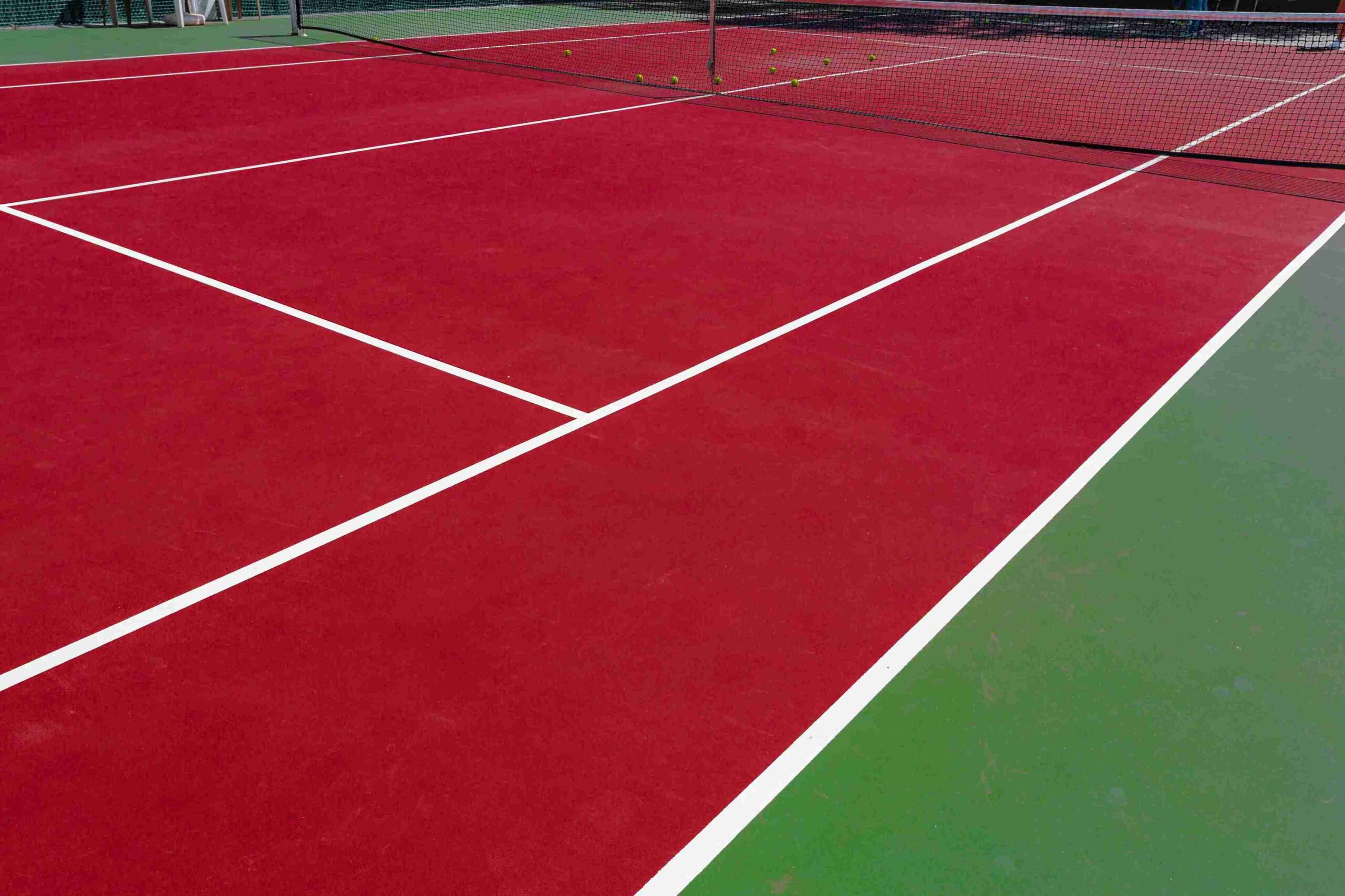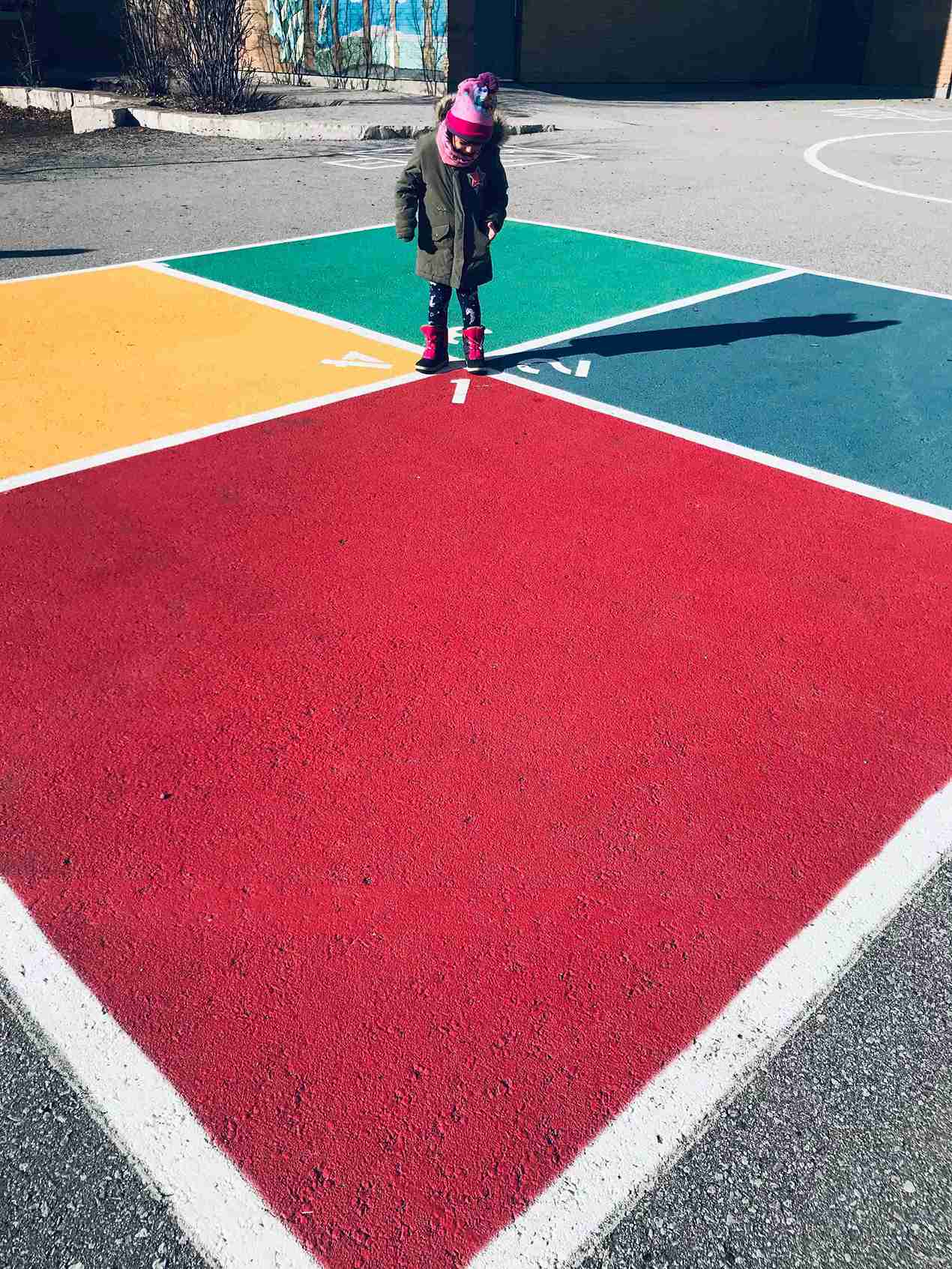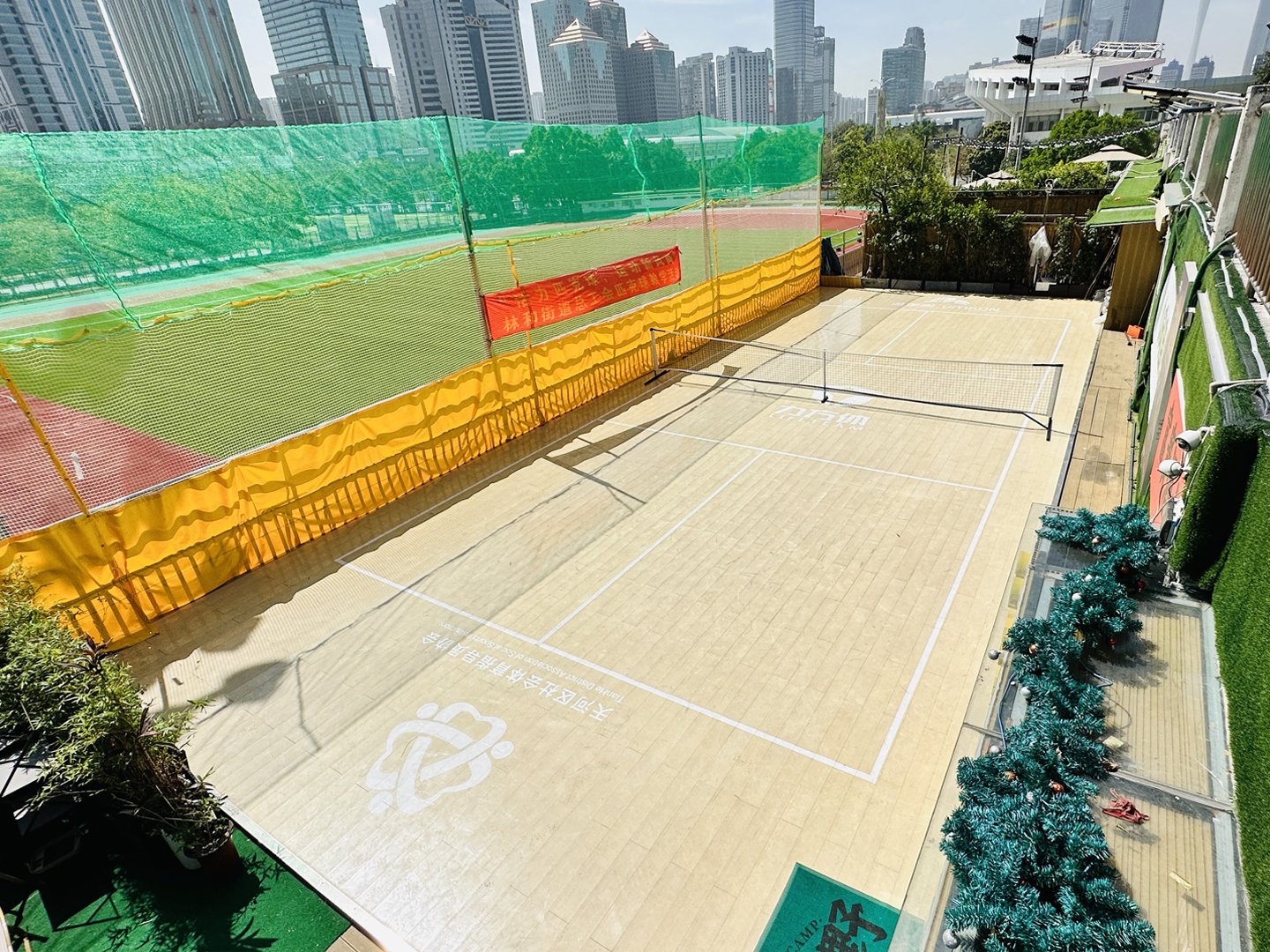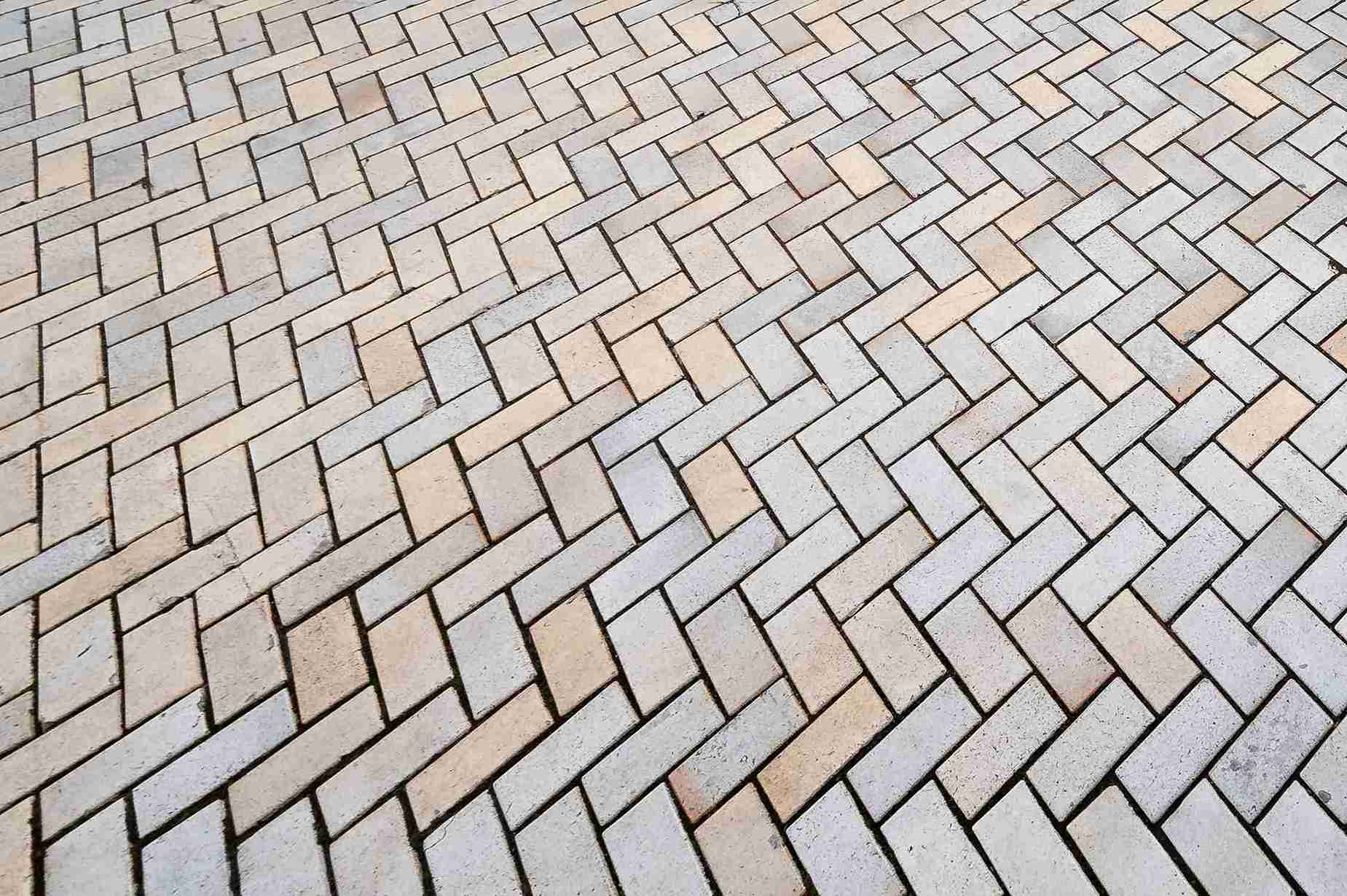Athletic performance is inseparably linked to environment, and nowhere is this more obvious than on the surface athletes play. When a professional basketball player suffered a severe knee injury because of subpar gym flooring last season, it served as a stark reminder of how facility choices impact not just game outcomes but the health and careers of those who step on the court. Whether you manage a competitive sports facility, a school gymnasium, or a community center, the decision to invest in quality sports wood flooring is far more than an aesthetic one.
This comprehensive guide explores why sports wood flooring is critical for both safety and playability, addressing the questions and concerns of athletic directors, facility managers, coaches, and school administrators. You’ll discover the essential features, standards, and long-term benefits of investing in premium athletic flooring, plus gain insight into real-world examples and actionable steps for your facility.
Understanding Sports Wood Flooring
What Is Sports Wood Flooring?
Sports wood flooring is a specialized athletic flooring solution engineered for use in a variety of indoor sports environments. Unlike residential wood floors, these systems are constructed to optimize safety, durability, and performance, catering to high-impact activities such as basketball, volleyball, badminton, and more.
Composition and Materials
High-quality sports wood flooring consists predominantly of durable woods, commonly maple, prized for their hardness and elasticity. Emerging synthetic alternatives like Macwood Fixed Flooring replicate the look and feel of traditional hardwood while delivering enhanced technical qualities, including weather and impact resistance.
Types of Wood and Synthetic Materials
- Hard Maple: Industry gold standard for basketball courts due to its ideal density, uniform grain, and resilience.
- Beech and Oak: Used for multi-sport facilities due to balanced hardness and shock absorption.
- Synthetic Systems (e.g., Macwood): Incorporate advanced materials such as reinforced Premofiber for superior wear-resistance, stability, and environmental sustainability.
Key Components of a Sports Wood Floor
Every sports wood flooring system is a multi-layered structure, each layer contributing to playability and athlete protection:
- Subfloor: Provides foundational support and absorbs structural impact.
- Shock Pads or Underlayment: Offer additional shock and force reduction to minimize athlete injuries.
- Surface Layer: Features precision-milled wooden planks or synthetic boards finished with a slip-resistant coating.
- Finishing and Markings: Incorporate FIBA-certified or sports-appropriate varnishes and game-specific lines.
Modern systems, like VMKON’s Macwood Fixed Flooring, may feature extra elements like noise reduction membranes, adjustable sleepers for level installation, and customizable surface treatments.


Safety Benefits of Sports Wood Flooring
Shock Absorption
One of the primary benefits of sports wood flooring is its ability to absorb and dissipate shock. State-of-the-art systems reduce stress on the ankles, knees, hips, and back, lowering the risk of both acute injuries and long-term joint degradation.
Key Metrics:
- VMKON Macwood provides area-elastic shock absorption exceeding 60%, meeting international ergonomic standards for player protection.
Force Reduction
Force reduction is paramount for mitigating concussive blows and chronic fatigue. Floors designed with compliant underlayers and engineered woods protect athletes during falls, dives, or collisions.
- Example: The Macwood system reduces area-elastic forces by 61%, significantly lowering concussion and overuse injury risks.
Slip Resistance
A safe sports floor offers balanced grip to prevent slipping while enabling agile movement.
Maintenance of slip resistance is essential; too much can cause falls, too little leads to dangerous slides.
- FIBA-certified finishes ensure optimal slip-resistance while minimizing abrasion risks.
Summary Table:
| Safety Feature | Benefit |
|---|---|
| Shock Absorption | Less joint/muscle injury; reduced long-term risk |
| Force Reduction | Lower concussion, sprain, and impact injuries |
| Slip Resistance | Reduced slips/falls; enhances controlled movement |
Playability Advantages
Consistent Ball Bounce
High-quality sports wood floors provide uniform ball response across the entire surface, preserving the integrity of gameplay.
- Benchmark: VMKON flooring systems deliver 95% consistent ball rebound, crucial for basketball and volleyball.
Optimal Friction
Proper friction enables players to execute rapid pivots, sprints, and abrupt stops without risking control or injury. Finished wooden surfaces (and advanced synthetics) maintain friction coefficients optimized for human movement and ball handling.
Energy Return
Athletes expend less energy fighting poor surfaces. Designed to offer both shock absorption and energy return, state-of-the-art floors enable explosive jumps, fast direction changes, and extended play without rapid fatigue.
- Result: Enhanced athlete performance and less downtime due to fatigue or injury.
Playability at a Glance:
| Playability Feature | Result |
|---|---|
| Uniform Ball Rebound | Fair, predictable gameplay |
| Controlled Friction | Precise movement, agility, safety |
| Energy Return | Improved performance, reduced fatigue |
Standards and Regulations
Relevant Standards
Globally recognized standards ensure sports facility flooring meets established benchmarks for safety and performance.
Key Standards to Consider:
- DIN 18032 / EN 14904: European standard for indoor sports floors covering impact absorption, friction, and ball rebound.
- FIBA Level-1 Certification: Required for top-level basketball courts, necessitating specific performance metrics for shock absorption, ball rebound, and slip resistance.
Importance of Compliance
Adhering to international or national standards guarantees your facility offers a safe, performance-oriented surface for athletes. Compliance can also be crucial for hosting tournaments and achieving insurance eligibility.
Certifications
When sourcing sports wood flooring, look for:
- FIBA certificate
- SGS, CE, ISO9001, ROHS
- Manufacturer’s own quality assurance records
For synthetic options, verify environmental certifications to align with facility sustainability goals.
Maintenance and Longevity
Proper Cleaning Techniques
Routine cleaning prevents debris buildup and surface abrasion, extending the life of sports wood flooring:
- Dry Mopping: Removes dust and particles daily.
- Wet Mopping: Use manufacturer-approved wood floor cleaners; avoid excess water.
Regular Inspections and Repairs
Schedule monthly inspections to detect wear, impacts, or moisture intrusion. Prompt repair of minor damage prevents costly replacements and keeps play safe.
Lifespan Expectations
A professionally installed, well-maintained hardwood sports floor can last 30 years or more. Synthetic systems like Macwood Fixed offer similar or even greater durability with lower maintenance costs.
Factors Affecting Durability:
- Quality of materials and installation
- Volume and type of sporting activity
- Environmental conditions (humidity, sunlight, water exposure)
- Maintenance frequency
Maintenance Table:
| Task | Frequency |
|---|---|
| Dry Mop | Daily |
| Wet Clean | Weekly/Monthly |
| Surface Inspection | Monthly |
| Refinish/Resurface | Every 5–10 years |
Before-and-After Flooring Upgrades
Case studies consistently cite:
- Fewer slip and fall incidents
- Higher player satisfaction
- Noticeable improvements in both safety metrics and win-loss records
Example:
A local school replaced aged vinyl surfaces with new sports wood flooring, seeing a 50% drop in student injuries and increased usage for after-school programs.


Investing in Safety and Performance Pays Long-Term Dividends
Athletic facilities are not just venues; they are crucibles where talent, safety, and performance intersect. Sports wood flooring is the literal foundation upon which fair play, athlete development, and community trust rest. By choosing surfaces that conform to strict safety and playability standards, facility managers and administrators invest not only in longevity and durability but in the well-being and achievements of every athlete who steps onto the court.
If you are planning a new sports facility or considering an upgrade, prioritize high-quality, certified wood sports flooring or advanced solutions such as Macwood Fixed Flooring. Professional consultation and careful selection today will translate into safer, more dynamic play for years to come.
Are you ready to elevate your facility’s safety and performance standards?
Contact us for a consultation and explore flooring solutions that safeguard your athletes and unlock the next level of play.









